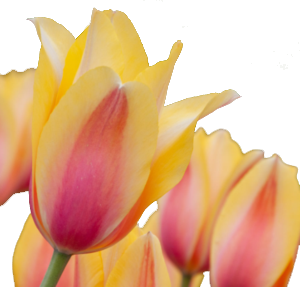Our website uses Google Translate to make content accessible in multiple languages, but translations may not be perfect.
STOP #1
Land Acknowledgement of the Algonquin People at the Rainbow Garden (8000 Years Ago)
Please take a moment and look at the ground beneath your feet.
Look at the soil in which our tulips grow.
Now consider… this soil was stolen.
For over 8000 years this land was the home of the Anishinaabe Algonquin People, before Europeans arrived in North America.

 Archaeological evidence suggests that the Ottawa Valley has been home to the Algonquin People for as many as 8,000 years.
Archaeological evidence suggests that the Ottawa Valley has been home to the Algonquin People for as many as 8,000 years.
Long before the arrival of Europeans, the Algonquin People lived, hunted, trapped, fished, socialized and traded on both sides of the Ottawa River and along its tributaries.
These were the waterways of the Algonquin and this was their traditional land upon which they developed their economy and upon which they depended for survival.
The Algonquin lifestyle was semi-nomadic — this meant travelling light — and living lightly off the land. Birch bark canoes were sewn with spruce roots and waterproofed with resin and bear grease. Mothers carried babies on their backs in wood and leather cradleboards.
In winter the larger bands broke off into families of smaller hunting camps with snowshoes and toboggans becoming essential. Conditions could be harsh and the risk of starvation was ever present.
Clothing was made of natural elements such as animal and bird skins, bone, as well as wood and bark strips. Shelters such as wigwams were made of wood, birch and other barks as well as bark strips. Knowledge of Algonquin culture was shared through oral history.
The Algonquin were practitioners of Midewiwin (the right path) and believed themselves to be surrounded by many “manitok”, or spirits of the natural world.
 Algonquin communities were egalitarian and clan-based. Respected elders were given important roles. Each new generation was sent out to seek marriage partners outside their clan.
Algonquin communities were egalitarian and clan-based. Respected elders were given important roles. Each new generation was sent out to seek marriage partners outside their clan.
Trade was extremely important. In fact, the Ottawa River was (before and after the Europeans arrived) one of the continent’s greatest corridors for trade, transportation and communication, having an enormous impact on the degree to which the Algonquin connected and interacted with other First Nations.
Algonquin People are part of larger cultural group known as the Anishinaabeg, as are the Odawa and Ojibwa with whom the Algonquin are closely related.
(The Algonquin language, also known as Omàmiwininìmowin, is today identified by 1,575 people as their mother tongue.)
To say that the arrival of Europeans disrupted the Algonquin way of life would be a considerable understatement. Old rivalries escalated into wars and newly introduced diseases ran rampant. Populations were decimated, communities were displaced and cultures were compromised.
The French defended their claim over “New France” — including the Ottawa Valley — for almost two centuries until ultimately capitulating to the British.
After that capitulation came a series of promises from the British culminating in the 1763 Royal Proclamation of Britain’s King George III, designating the continent’s interior as Indigenous reserve — specifically outlining how any and all treaties were to be negotiated with the Indigenous inhabitants.
The King’s 1763 Proclamation promised that the Indigenous people “should not be molested or disturbed” on the territories “not ceded to us, or purchased by us” and that these territories “are reserved to them… as their hunting grounds”.
The Proclamation would become key to future Algonquin land claims and its relevance has been ruled upon by the Supreme Court and is referenced in the constitutional framework around Canada’s 1982 Charter of Rights and Freedoms.
The subsequent American Revolution and the Loyalists who were displaced as a result were to put a strain on this royal commitment. Suddenly Loyalists (and later, “late Loyalists”) were encouraged to come northward. The Crown began issuing land grants in flagrant contradiction of its previous promise to reserve the land in perpetuity for its traditional Indigenous inhabitants.
The threat to Algonquin land rights accelerated with the increased pace of the lucrative lumber trade. The Ottawa Valley’s vast, old growth forests were cut down, waterways were compromised and old promises were conveniently ignored.
Homesteads, settlements and towns expanded as the influx of new arrivals continued. Canals and railways would come to be constructed. The Algonquin way of life and economy was significantly altered and undermined.
Seizure of traditional lands eventually left Algonquin communities with little choice but to petition that land be set aside for reserves. Nine reserves were established in Quebec and one reserve (Pikwakanagan) was set aside at Golden Lake in Ontario.
Over the years, First Nations across North America had been persuaded to sign treaties to hand their land over to the Europeans (frequently on less than favourable terms). The Algonquin, however, were never party to any such agreement.
As a result, it is widely conceded that the Ottawa Valley does indeed remain the unceded land of the Algonquin Anishinaabeg people — the rest of us mere guests of the Algonquin People at best, trespassers at worst.
Despite the Royal Proclamation of 1763 being recognized in Canada’s constitution, settlement and use of Algonquin land and resources continues to the present day in spite of Algonquin protestations.
Over 40,000 Canadians identify as having Algonquin ancestry according to the 2016 census.
In addition to the First Nation reserves, other Algonquin communities are spread throughout the greater Ottawa Valley area, including here in the city of Ottawa.
Canada’s ill-treatment of Indigenous Peoples has persisted since Confederation — the tragedy of the residential schools being only one example.
Additionally, despite a proud record of fighting alongside Canadians in every major war, Indigenous Peoples were only granted full voting rights in the 1960s.
Wendy Jocko, past Chief of the Algonquins of Pikwakanagan First Nation (at Golden Lake), reminds us that almost 2 million people in Canada identify as being of First Nations heritage. There are 634 First Nations in Canada, speaking more than 50 distinct languages.
Jocko points out that, for the Algonquins, historical grievances are traced in a series of petitions, letters and speeches dating back to 1772, with all of these now manifest as an opportunity for reconciliation and redress through modern-day negotiations and self-government agreements.
Complicating progress are disputes arising as to who rightfully speaks for the Algonquin People and overlapping claims by some attesting to speak for other First Nations. As well, where once there was only a river, there now lies a dividing line between the provinces of Ontario and Quebec.
After 8,000 years of history in the Ottawa Valley, the Algonquin claim to this land upon which so many of us have built our homes and communities has come to be widely acknowledged. A final resolution to this dilemma, however, remains extraordinarily elusive.
Red Pride
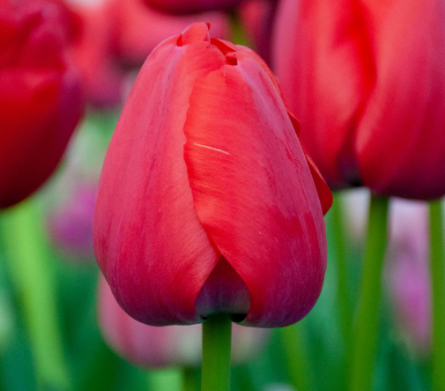
When you think tulip, you think Red Pride. The Red Pride triumph tulip holds the iconic tulip silhouette we all know. Associated with love and passion, this tulip makes the perfect flower for blossoming couples.
Vogue
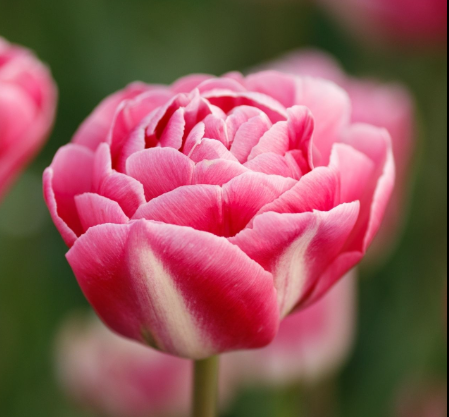
Introducing, Vogue. Vogue is what’s known as a double tulip, unlike traditional six petal tulips a double tulip blossoms into stunning multi layered petal arrangements. Curiously the Vogue is also known to lighten in colour as it ages.
Orange Pride
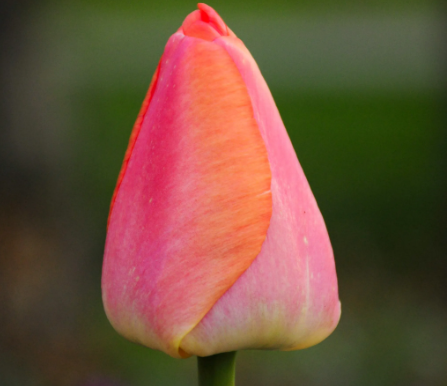
Energy, strength, and zest for life, this is what comes to mind when most see the Orange Pride. The Orange Pride carries a strong flower, big leaves, and a sturdy stem. This and its ability to grow up to 50 cm tall makes the Orange Pride a tulip of true strength.
Orange Queen
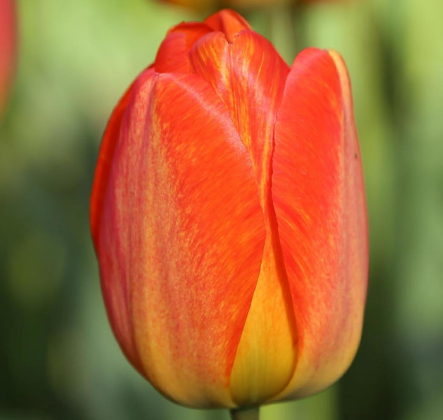
This tall beauty known as the Orange Queen is well regarded for its properties as a perennial tulip, meaning it can produce many more flowers over years when given attentive care.
Yellow Pride
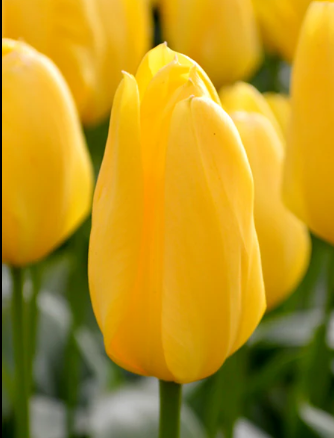
A popular triumph tulip, the Yellow Pride is known around the world for its illuminating colour. Yellow Pride are also strong perennial tulips that create outstanding numbers of flowers for years after the first planting.
Yellow Pomponette
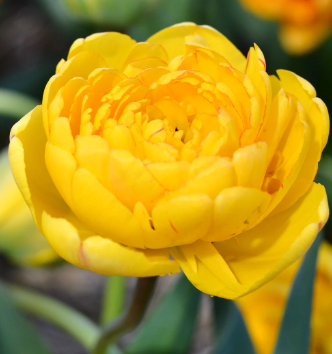
This large petaled yellow tulip is sure to catch your eye with its impressive double bloom and bright joyful colours. The Yellow Pomponette is a true marvel to the senses in both scent and beauty.
Green Power
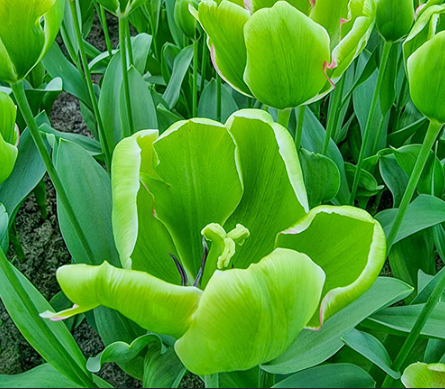
Introducing the first ever all green tulip, it’s Green Power! Green Power, like other tulips, has edible petals that can be seen being used in salads, fitting for something so leafy green!
Super Parrot
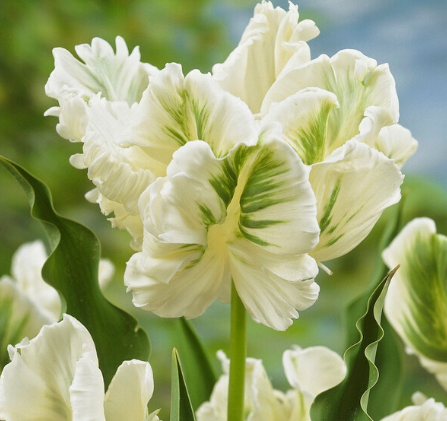
Frilly and adventurous, it’s the Super Parrot. A notable feature of Parrot tulips are their frilly leaves resembling the feathers of a parrot. The Super Parrot with its white with green highlights colouring it stands out like the white cockatoo we compare their petals to.
Muscari Big Smile
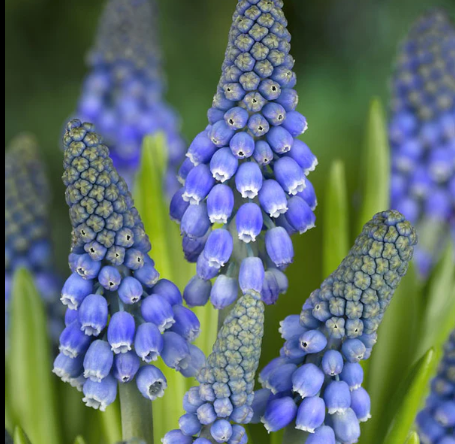
This funny shaped friend will have you marveling at its bell shaped flowers and shrunken top. Muscari produce foliage towards the end of their bloom to create a healthy environment for future blooms.
Muscari Mount Hood
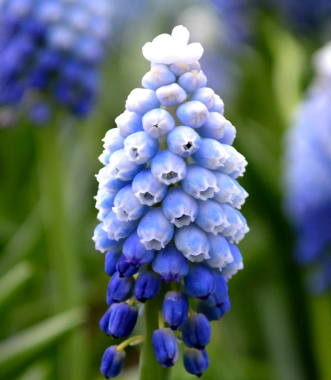
Almost an inverse of the “Big Smile”, the Muscari Mount Hood blooms large bulbous tops which thin out further down the flower.
Hyacinthus Rembrandt
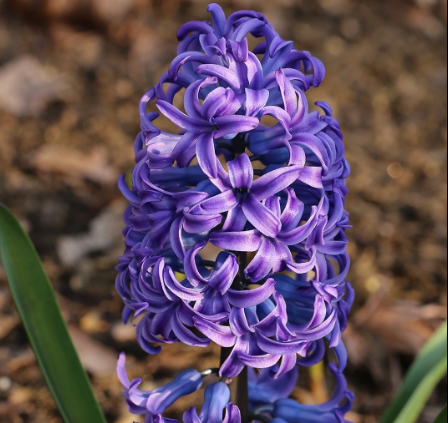
The Hyacinthus Rembrandt grows up to twelve inches in its bloom and creates nearly a sphere of spindly flowers around the plant. A colouration of white edges and a purple center is perfect for attracting pollinators as purple stands out in most pollinators vision.
Purple Pride
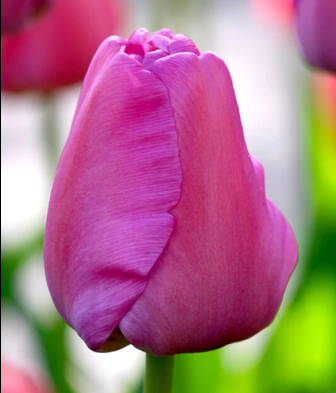
This giant tulip known as the Purple Pride is famous for its raw strength as a flower. The Purple Pride is the first ever purple petaled Darwin tulip. Darwin tulips are a type of tulip known for strong stems and large blooms. The perfect size to show off all that colour.
Secret Parrot
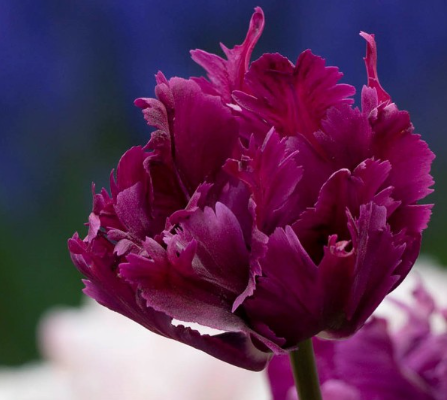
Frills, deep purples, and a gentle figure, it’s the Secret Parrot! This tulip stands out among its other frilly cousins by being a parrot-double hybrid, having both the frills of a parrot, and the impressive number of petals found on a double tulip.
